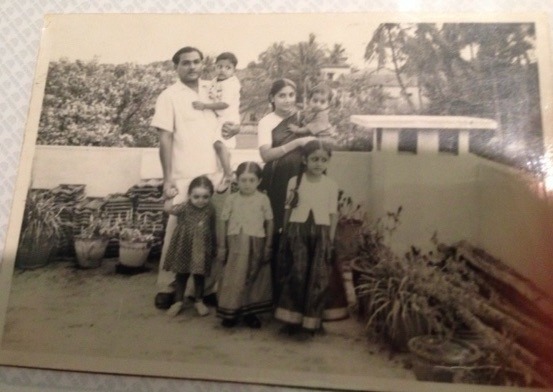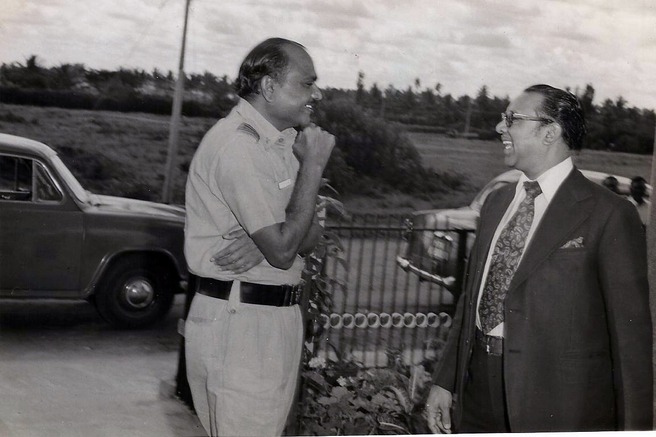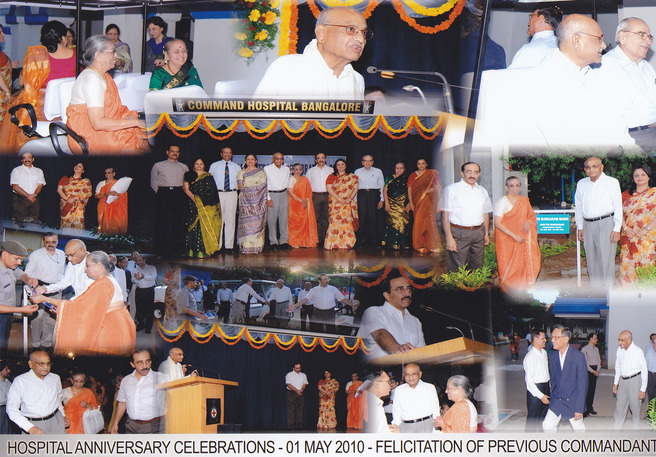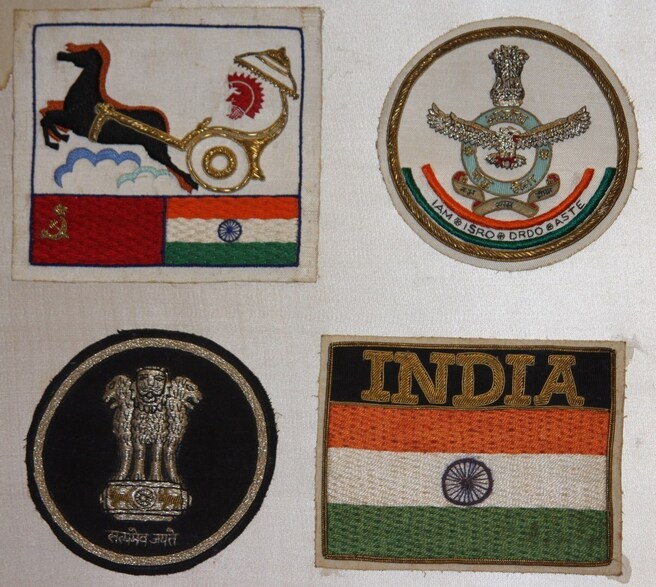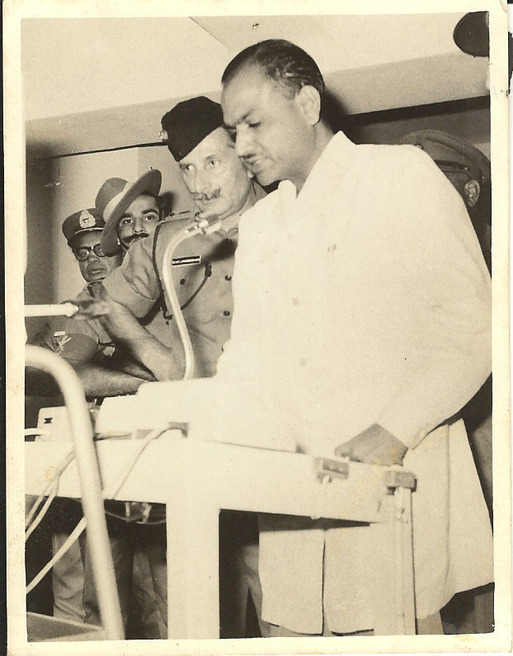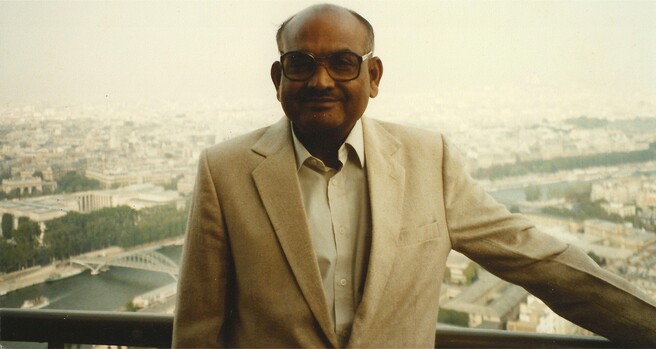http://www.bharat-rakshak.com/IAF/Database/4857
Air Marshal Pinnapakkam Masilamani Sundaram was commissioned in the Air Force Medical Services on the 1st March, 1955. The entire service career of this illustrious Air Officer has been marked with academic brilliance, excellent performance in field and staff appointments and total dedication to service.
Armed with wide-ranging qualifications in the field of General and Aviation Medicine, the Air Officer held various appointments wherein he successfully carried out projects requiring extensive medicine and aviation interface. One of these was a project on design and development of the universal cockpit at the Institute of Aviation Medicine at Bangalore. The project now serves as a versatile tool for human engineering problems relating to fitness of aircrew with disabilities. In addition, the Air Officer also served two distinguished tenures as Head of the Department of Acceleration Physiology at this prestigious institution.
Later, as Deputy Principal Medical Officer (Aviation Medicine) at HQ Western Air Command, the Air Officer brought about innovative changes in the aircrew survival pack and casualty air evacuation procedures. Further, during his tenure as the Officer-inCharge Aero-Bio Engineering unit in the R&D Organisation, the Air Officer was instrumental in the development and indigenisation of various items of flying clothing including oxygen masks which led to vital savings in foreign exchange.
Appointed Air Officer Commanding of Aviation Medicine in 1985, the Air Officer provided remarkable leadership in the growth of professional knowledge of the IAF's medical community as a whole, besides several aviation and human-engineering related projects.
Air Officer was appointed Commandant of the Air Force Hospital, Bangalore in 1987 in the rank of Air Vice Marshal. Here, he provided the much needed guidance in the treatment of a large number of OP “Pawan" casualties.
Before his retirement from service as the Director General of Medical Services, Air Force, Air Marshal Sundaram has effectively used his vast professional expertise and experience in successfully tackling aviationmedico problems.
Air Marshal Pirtnapakkam Masilamani Sundaram, AVSM has, thus, rendered distinguished service of the most exceptional order.


